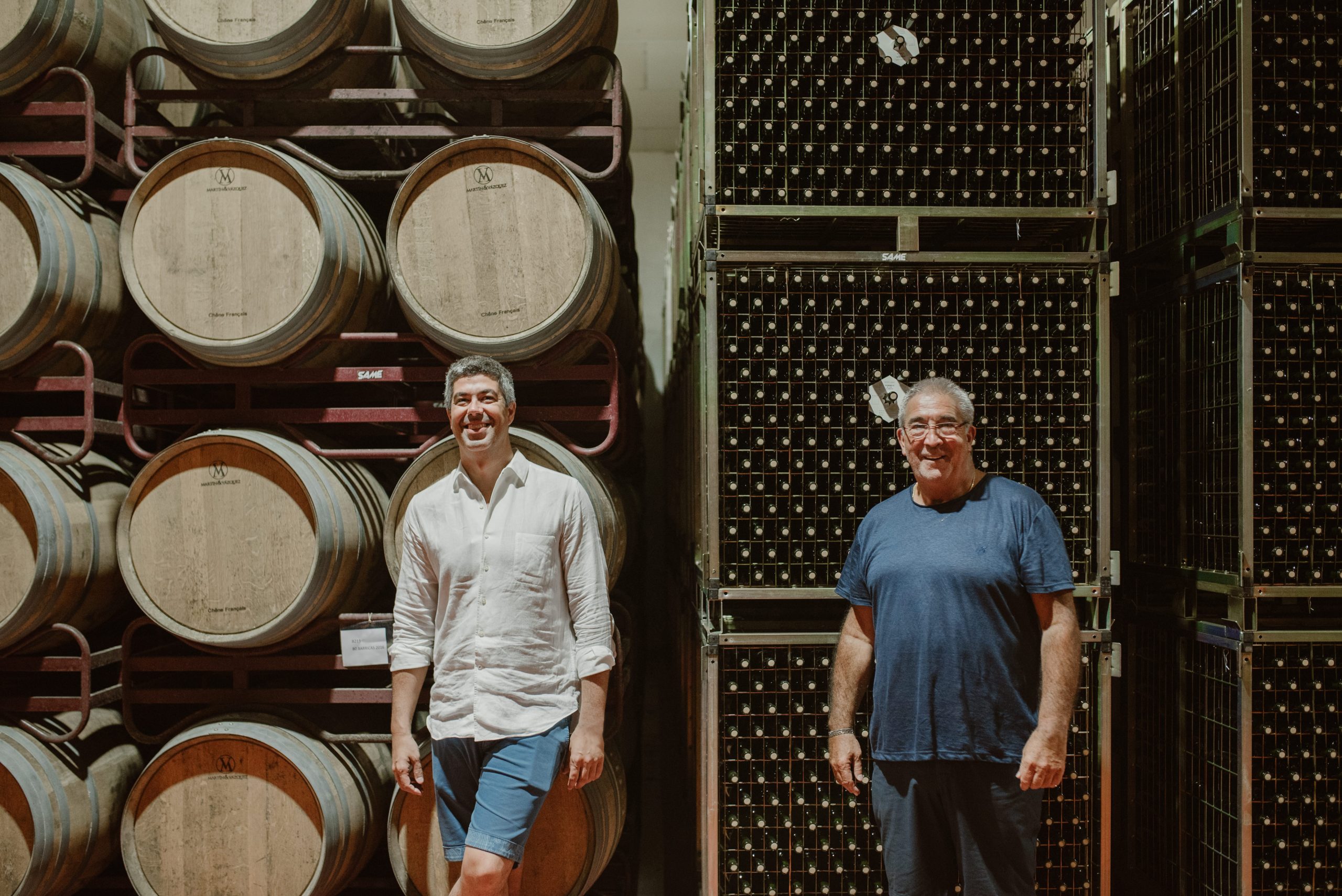Gains and opportunities among Bordeaux 2010
After years of being effectively overshadowed by their historically high en primeur release prices, the Bordeaux 2010 wines and their Liv-ex performance are on the up.
A famous vintage for both the excellent quality of the wines and the initial asking prices from the châteaux, the 2010s nonetheless marked the apogee of the fine wine boom and were released in 2011 just as the market fell of a precipice into a prolonged slump.
As Liv-ex pointed out, the average release price of the 2010s per bottle was €250 (ex-négociant), compared to €225 for the 2009s and just €76 for the 2008s and “many wines from the [2010] vintage were among the steepest fallers”.
With both the secondary market as a whole and Bordeaux more generally making a strong return however, there are signs of life again among the 2010s.
Readers may remember that back in the summer of 2015, after Robert Parker’s 10-year retrospective caused a flash of interest in the 2005s, there was a switch to buying 2010s, with the vintage’s wines making up nearly 20% of trade during July.
At that point many had hit their pricing nadir and those with the means would have been wise to pick up certain labels at what passed for ‘rock bottom’ 2010 prices while they could.
From that bottom the long ascent back to the top has begun but the results are tangible.
The Liv-ex Bordeaux 500 index has gained 4.3% since the summer of 2011 (after pulling itself out of the aforementioned four year hole) but the Bordeaux 2010 index is up 5.6% over the same period.
If price can be singled out as the leading cause of the struggles of the 2010 vintage as a whole then it appears strange that the best-performing wine to date is Le Pin.
Released at £18,000 a case it has appreciated 94.4% since 2011 and buyers at the time will no doubt be extremely happy to know a case costs £35,000 now, a truly extraordinary return.
Of course, Le Pin and fellow Pomerol Petrus with their miniscule production and high global demand have always operated on a more ‘Burgundian’ level than other Bordeaux. Throw in a 100-point score from Robert Parker and the mechanics behind this performance become clear.
On the other hand, it is not unique. At a more ‘realistic’ level, the 100-point rated Pape Clement has enjoyed a 62% rise from £1,095 to £1,780 per case.
Partner Content
Clerc Milon is up 46%, Gazin 41%, the popular Petit Mouton 40% and Pontet Canet (another 100-pointer) up 38%.
So the gains are there and at quite high levels.
On the other hand, while some have gained some are still struggling to break past their initial release prices.
Sauternes in particular have struggled. Of the 10 worst-performing labels to date five are sweet wines: Coutet, Suduiraut, Yquem, Climens and Riuessec, which are all at discounts of between 25%-36% on their primeur releases.
Those aside, also in the doldrums still are Cos d’Estournel, Mouton Rothschild, Duhart Milon, La Mission Haut-Brion and, the daddy of spectacular declines, Lafite.
Lafite, famously, was the name on the Asian market and suffered the most when the bubble popped as the 2010s were released.
Offered at a wince-inducing £12,000 a case, its price plunged over 50% during the four year market slump before bottoming out at £5,500 a case in summer 2015.
As was mooted at the time, that was potentially the moment for new buyers to get hold of the wine (if they could) and the advice and investment have proved well-founded.
Although Lafite 2010 is still 42.5% below its release price, its current market price is now £6,900 a case, a 25% gain in two years.
Still a way to go before breaking even of course but any wines so far off their initial mark do, as ever, present potential buying opportunities for those on the lookout.




